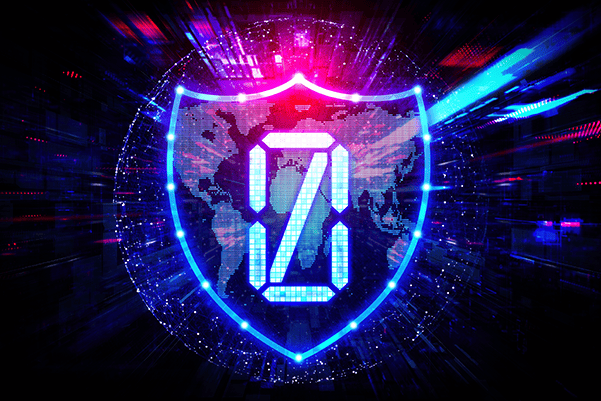
Experience Seamless Migration to the New Zerto Virtual Manager Appliance
Zerto 10 launched on May 18, introducing groundbreaking innovations such as real-time encryption detection and the new Zerto Cyber Resilience Vault. This release also brought about significant changes to Zerto’s underlying components: Zerto 10 is the first version exclusively available for the new Zerto Virtual Manager Appliance (ZVMA). An upgrade to the previous Zerto Virtual Manager (ZVM), the ZVMA does even more to promote the resilience and availability of your critical applications. Let’s delve into more detail about the ZVMA.
Overview of Zerto Virtual Manager (ZVM)
The ZVM is Zerto’s nerve center. It’s the key management component that controls everything other than the actual replication of data. For many successful years, ZVM was deployed on a Windows Server virtual machine, providing customers with flexibility to manage the operating system as they desired. However, this approach added complexity, requiring additional management, security, and maintenance.
Over the past 12 months, Zerto has developed a new virtual appliance, the ZVMA, that eliminates the need for Windows Server. A top-voted feature request, this change was implemented based on customer feedback. The ZVMA offers several distinct advantages over the previous ZVM.
Upgraded Management with the Zerto Virtual Manager Appliance
With improved underlying components, the ZVMA provides new benefits to give you industry-leading resilience and availability.
Simplicity
The ZVMA deploys in a vCenter environment, just like any other OVF deployment. This streamlined installation process significantly reduces installation prerequisites and complexity.
Enhanced Security
The ZVMA is a locked-down appliance, addressing customer concerns about the underlying infrastructure. Zerto secures the operating system and all underlying packages. Additionally, the ZVMA includes features like multifactor authentication and role-based access control, which further enhance security measures.
Simplified Maintenance and Management
With the new ZVMA, all upgrades to the operating system, security patches, and Zerto itself can be performed through a single upgrade process, greatly reducing downtime and complexity. A single upgrade process streamlines maintenance, ensuring maximum availability for your critical applications.
Migration, Simplified
Migrations are often complex. Fortunately, migrating from a Windows-based ZVM to the new ZVMA is incredibly easy with the new migration utility from Zerto: it seamlessly transfers customers to the ZVMA. The migration process typically takes between 10 to 20 minutes and should be completed before upgrading to Zerto 10. If you’re running an old version of Zerto (such as Zerto 9.5), you’ll need to upgrade your legacy ZVMs to Zerto 9.7u2 or later before attempting a migration.
To ensure a successful migration, review our how-to guide, which provides detailed instructions and prerequisites to prepare your Windows ZVM. In addition, our video explains what you can expect during the migration process. Check out our full ZVMA YouTube playlist for more video information.
Need to test the migration utility before attempting migration for yourself? Try a free hands-on lab. This lab requires no infrastructure or licenses of your own and can be completed in less than 30 minutes. You can also do the lab as many times as you like to practice in a safe environment before trying migration in your own virtualized data centers.
Better Security and Management with the Zerto Virtual Manager Appliance
By introducing the ZVMA, Zerto has simplified deployment, enhanced security, and streamlined maintenance and management processes. These advancements contribute to the resilience and availability of your critical applications, giving you the industry-best in ransomware resilience and disaster recovery.
 Chris Rogers
Chris Rogers


